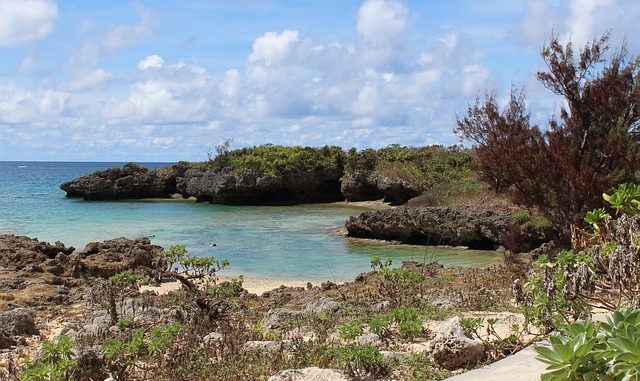
The Okinawan Diet has long been considered the root of the high longevity of Okinawans in general. We look at some of the factors which have contributed to the diet and some of the life-style choices which these island people follow.
Whilst Japan has one of the world’s highest life expectancies, Okinawa had for 30 years before the year 2000, the longest of all life expectancy in all the prefectures of Japan.
Okinawa is the southernmost prefecture of Japan. The islanders are known for their extremely long average life expectancy as well as the highest number of centenarians. Their life is associated with a low risk of age related diseases. The reason for all these benefits is attributed to their traditional diet which is low in calories but nutritionally dense. The diet is extremely rich with antioxidants and flavonoids (Willcox et al., 2009).
A number of diets which are associated with a reduced risk of chronic diseases are similar to the traditional Okinawan diet. The diet is full of vegetables and fruit which are rich in phytonutrients and antioxidants. The diet is however low on meat and refined grains, saturated fats, salt and sugar, and full-fat dairy products.
The diet is similar to the Mediterranean diet and the modern DASH (Dietary Approaches to Stop Hypertension) diet. In all these three diets there is a low level of saturated fats but high antioxidant intake and low glycaemic load. The diets are linked to a decreased risk of cardiovascular disease, various cancers, and a number of chronic diseases. All these conditions are linked to reduced oxidative stress.
The diet is especially rich in sweet potatoes, legumes including soya and medicinal plants which are antioxidant rich but low in calories and with leafy-green vegetables. The diet is also rich in spices and herbs.
A Typical Okinawan Diet Meal
A typical meal based on the traditional dietary pattern in Okinawa has the following characteristics:-
- High consumption of vegetables
- High consumption of legumes which are mostly soy.
- Moderate consumption of fish products but mainly in coastal areas.
- Low consumption of meat and meat products
- Low consumption of dairy products
- Moderate alcohol consumption
- Low calorie intake
- Rich in omega-3 fats
- High monounsaturated -to-saturated fat ration
- Low-Glycemic Index carbohydrates
- Sodium content is not as low as it might be.
The diet is almost vegetarian save for the inclusion of small amounts of meat especially fish.
The Key Fruit And Vegetables In The Okinawan Diet
The key vegetables include:-
The sweet potato
Okinawan tofu
Carotenoids mainly from algae. This includes fucoxanthin, astaxanthin and fucoidan.
The Key Spices and Herbs In The Okinawan Diet
References
Willcox, D. C., Scapagnini, G., & Willcox, B. J. (2014). Healthy aging diets other than the Mediterranean: a focus on the Okinawan diet. Mechanisms of Ageing and Development, 136, pp. 148-162 (Article).
Willcox, D. C., Willcox, B. J., Todoriki, H., & Suzuki, M. (2009). The Okinawan diet: health implications of a low-calorie, nutrient-dense, antioxidant-rich dietary pattern low in glycemic load. Journal of the American College of Nutrition, 28 (suppl. 4), 500S-516S (Article).
Where can I find out more about this diet? I read so much about living long time in Japan that but I see so many meat shops with burgers and stuff. Just crazy.